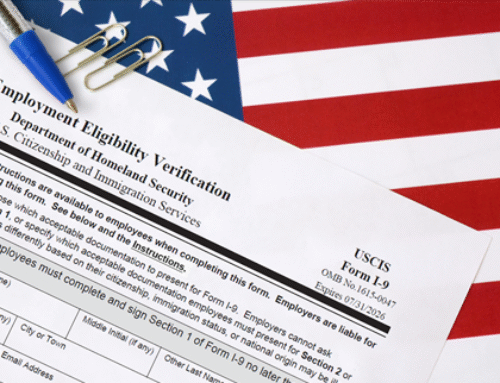Understanding Employee Withholdings: A Comprehensive Guide to Federal, State, and FICA Deductions
In the intricate world of payroll management, one of the most critical tasks is ensuring accurate employee withholdings. For employers, this means staying abreast of various federal and state requirements, as well as understanding how FICA (Federal Insurance Contributions Act) and Medicare contributions fit into the equation. In this guide, we’ll dive deep into how these calculations are made, with a special focus on Colorado-specific considerations.
The Basics of Employee Withholdings
Employee withholdings are amounts deducted from an employee’s paycheck to cover federal and state taxes, as well as contributions to social insurance programs. These deductions help ensure that employees meet their tax obligations and contribute to social security and Medicare programs. The major components of these withholdings include:
Federal Income Tax
State Income Tax
FICA Contributions
Medicare Tax
Federal Income Tax Withholding
Federal income tax withholding is based on the IRS tax tables and the employee’s W-4 form. When employees start a new job or experience significant life changes, they fill out the W-4 to determine the amount of federal income tax to withhold from their paycheck.
How Federal Income Tax Is Calculated
W-4 Form: Employees complete a W-4 form to declare their filing status (e.g., single, married) and any additional allowances or deductions. As of recent updates, employees no longer claim personal allowances but instead provide information on dependents and any extra withholding they want.
Tax Tables: The IRS provides tax tables for different filing statuses and income ranges. Employers use these tables to determine the amount of federal income tax to withhold based on the employee’s income and W-4 information.
Pay Frequency: Federal income tax withholding is also influenced by the frequency of pay (weekly, bi-weekly, monthly, etc.). The IRS tax tables include rates for various pay periods.
State Income Tax Withholding
State income tax withholdings vary widely from state to state. Each state has its own tax rates and rules, and employees are required to fill out a state-specific form in addition to the federal W-4.
Calculating State Income Tax in Colorado
Colorado State Tax Rates: Colorado uses a flat income tax rate for individual income. As of 2024, this rate is 4.4%. Unlike some states that have progressive tax rates, Colorado’s single rate simplifies withholding calculations.
Colorado State Withholding Form: Employees in Colorado fill out the Colorado Employee’s Withholding Certificate (Form DR 0004). This form helps employers calculate the appropriate amount of state income tax to withhold from each paycheck.
Local Taxes: In addition to state taxes, certain Colorado cities have local taxes. For instance, Denver imposes a local income tax of 4.5%. Employers must account for these local taxes based on the employee’s work location.
FICA Contributions
FICA contributions are federal payroll taxes that fund Social Security and Medicare. These are split between employees and employers.
Social Security Tax
Rate: The Social Security tax rate is 6.2% for employees and 6.2% for employers, making a total of 12.4%.
Wage Base Limit: Social Security tax applies only up to a certain wage limit. For 2024, this limit is $168,600. Earnings above this threshold are not subject to Social Security tax.
Medicare Tax
Rate: The Medicare tax rate is 1.45% for employees and 1.45% for employers, totaling 2.9%.
Additional Medicare Tax: Employees earning more than $200,000 (single) or $250,000 (married filing jointly) are subject to an additional 0.9% Medicare tax on earnings above these thresholds.
Understanding the Impact of Withholdings
Accurate withholding calculations are crucial for both employees and employers. Under-withholding can lead to unexpected tax bills at year-end, while over-withholding means employees are missing out on potential take-home pay during the year.
Employee Perspective
Employees should regularly review their W-4 forms to ensure their withholdings align with their current financial situation. Major life changes, such as marriage, having children, or changes in income, should prompt a review of their withholdings.
Employer Perspective
Employers must stay updated on federal and state tax laws to ensure compliance. This involves:
Regularly reviewing and updating withholding rates and limits.
Ensuring that payroll systems are configured correctly to handle various withholding calculations.
Providing employees with accurate and timely pay stubs that reflect all withholdings.
Navigating the complexities of employee withholdings involves understanding and applying various federal and state tax regulations, as well as FICA and Medicare contributions. For businesses operating in Colorado, staying informed about both state-specific requirements and federal mandates is crucial for maintaining compliance and ensuring accurate payroll processing.
By grasping the fundamentals of how these withholdings are calculated and applied, both employers and employees can better manage their financial planning and avoid common pitfalls associated with payroll deductions. If you have further questions or need assistance with payroll management, consulting with a payroll professional or tax advisor can provide additional guidance tailored to your specific needs.
Avid Payroll
Payroll@AvidPayroll.com
970-223-4913





